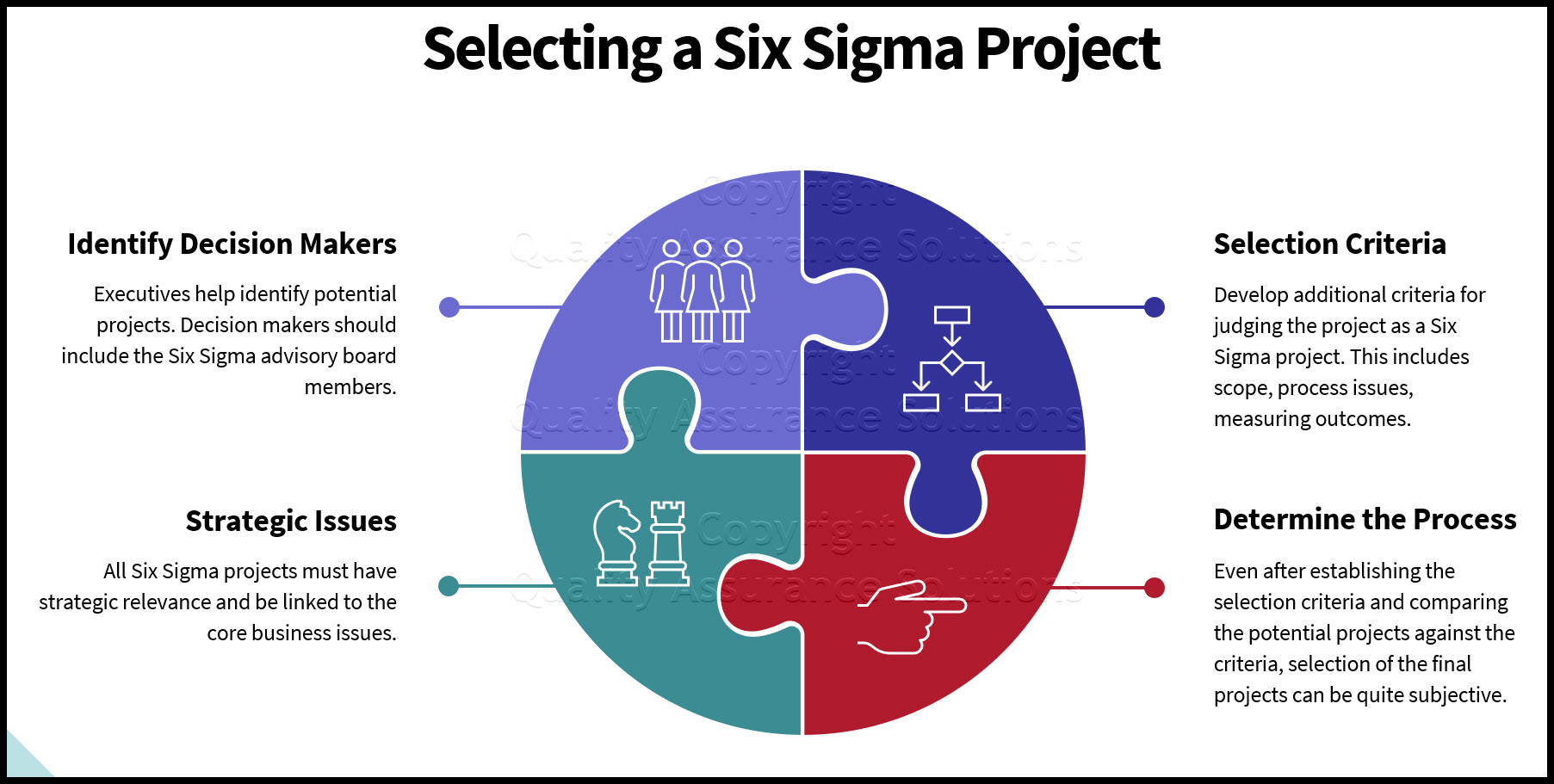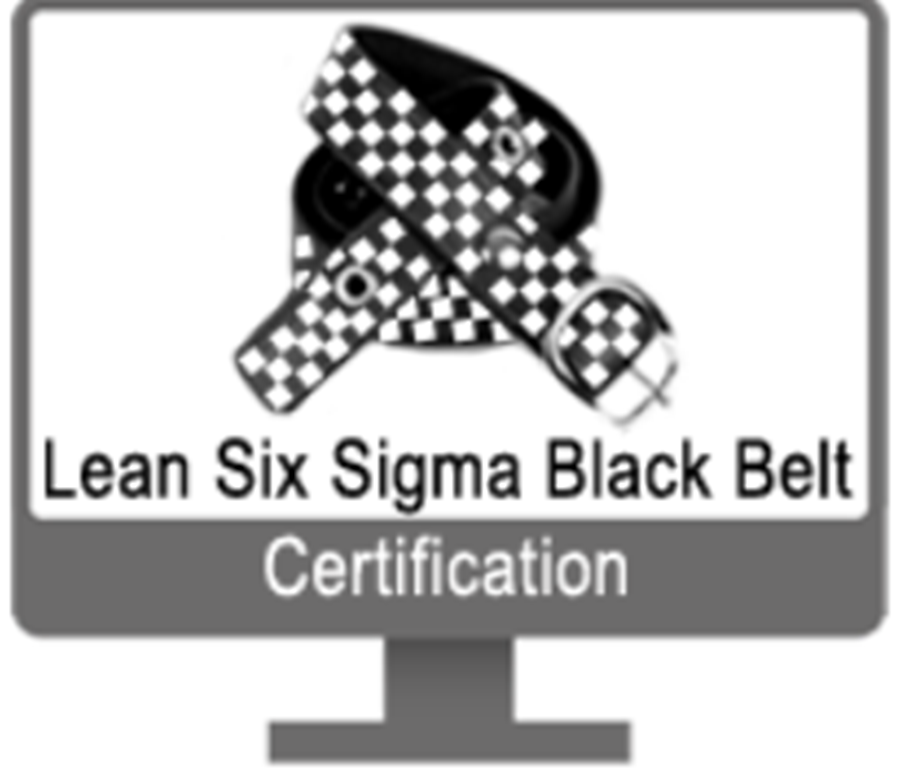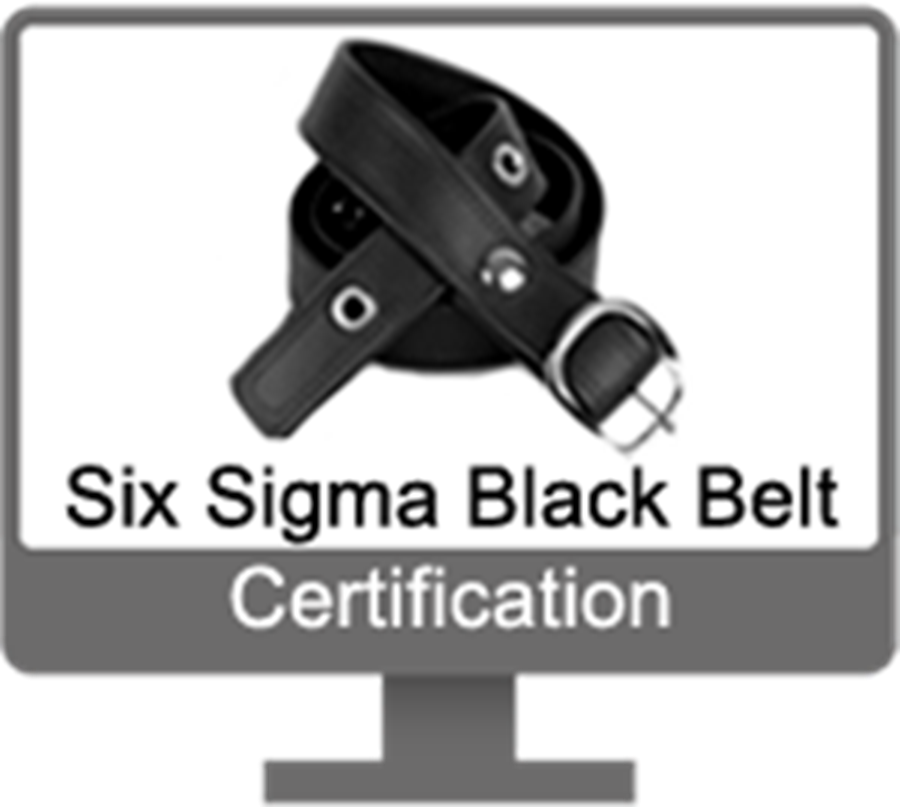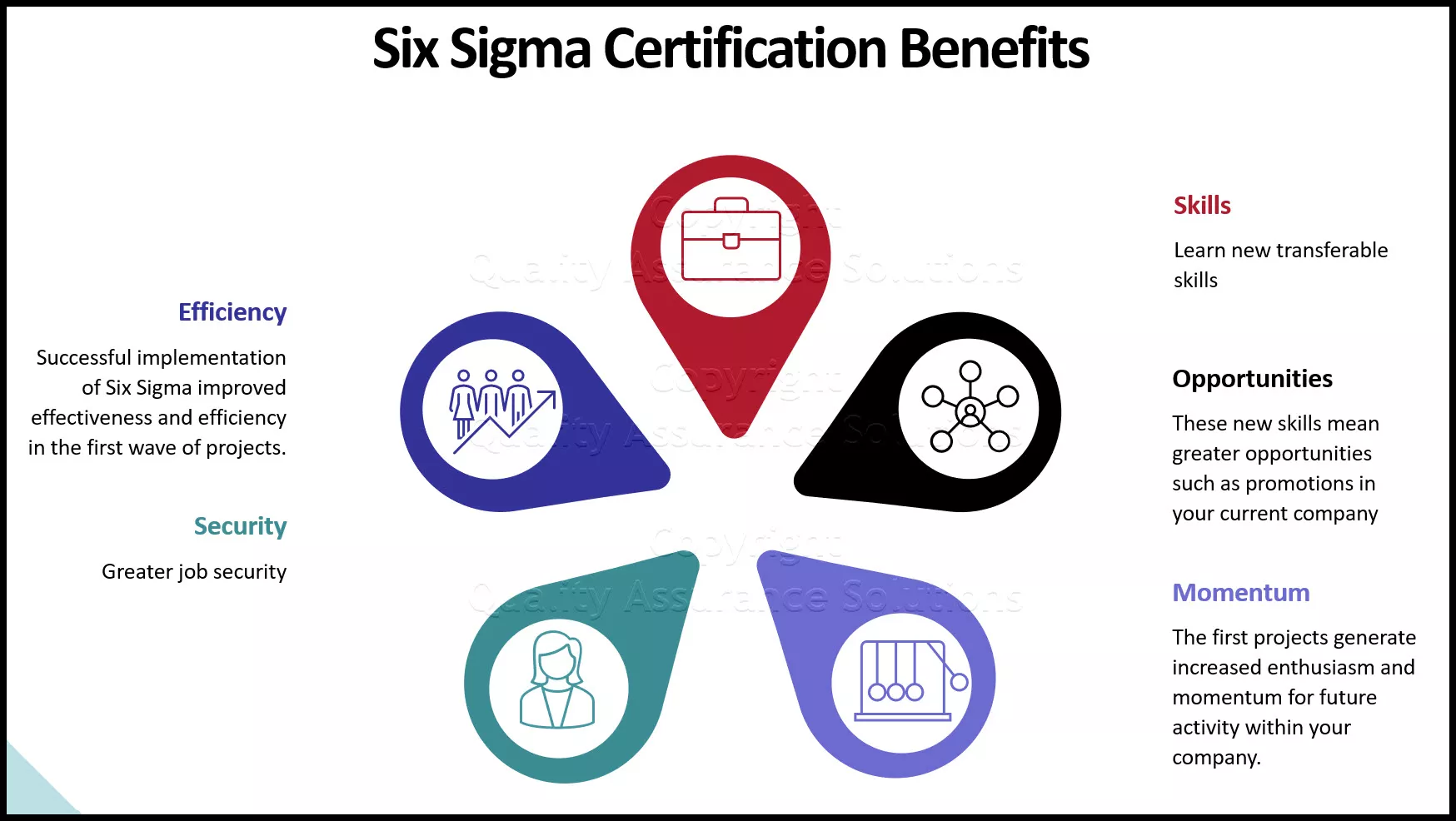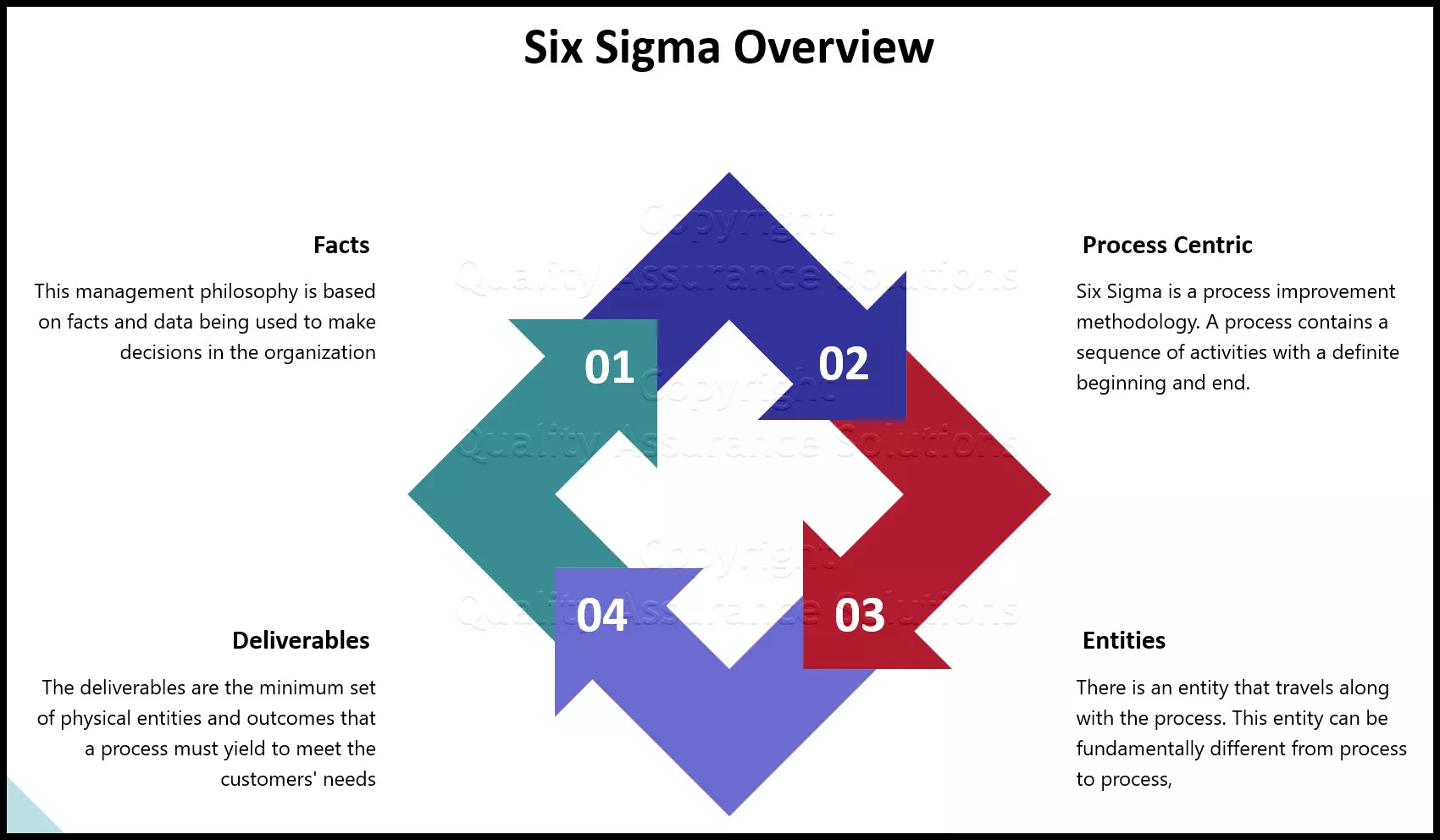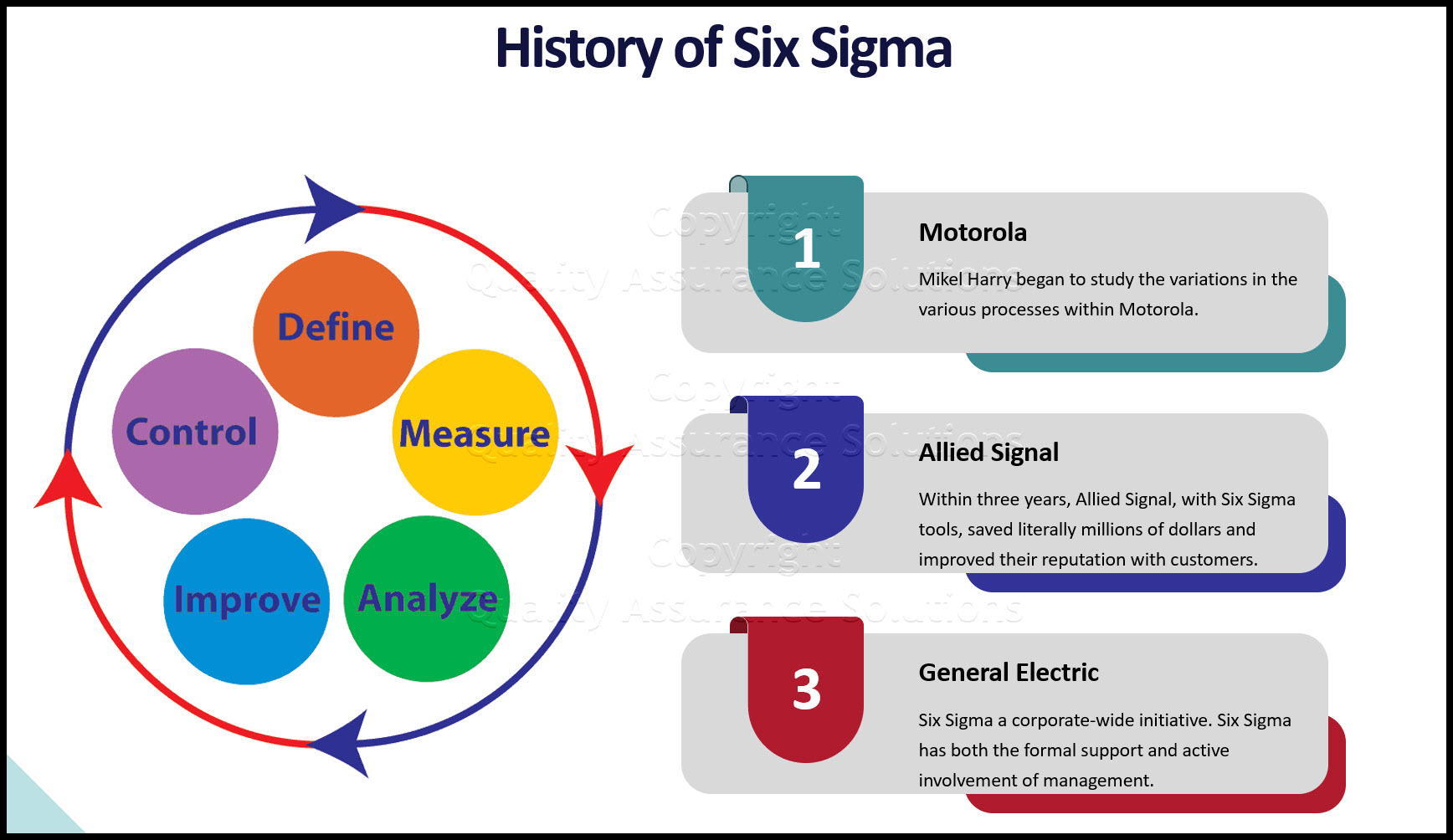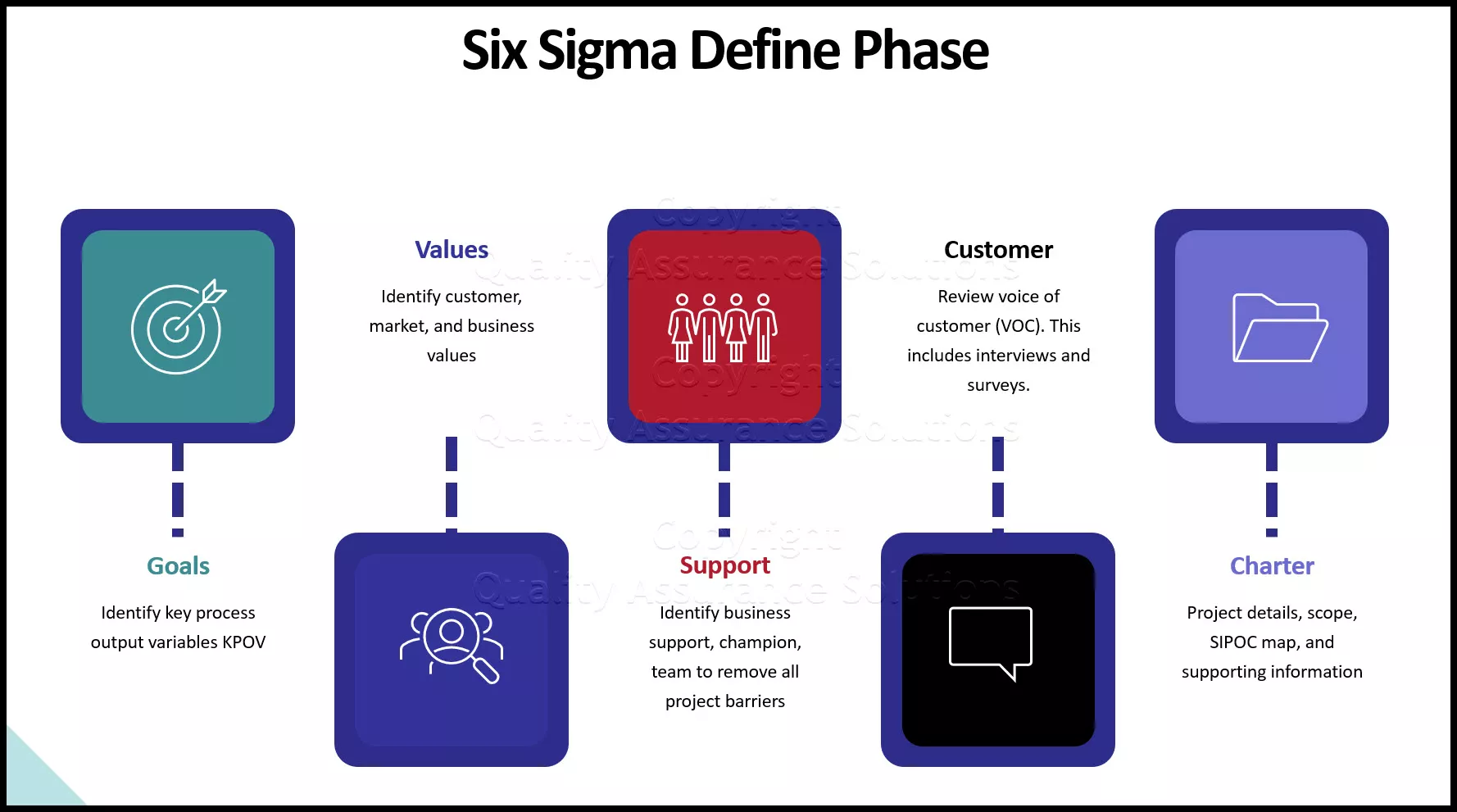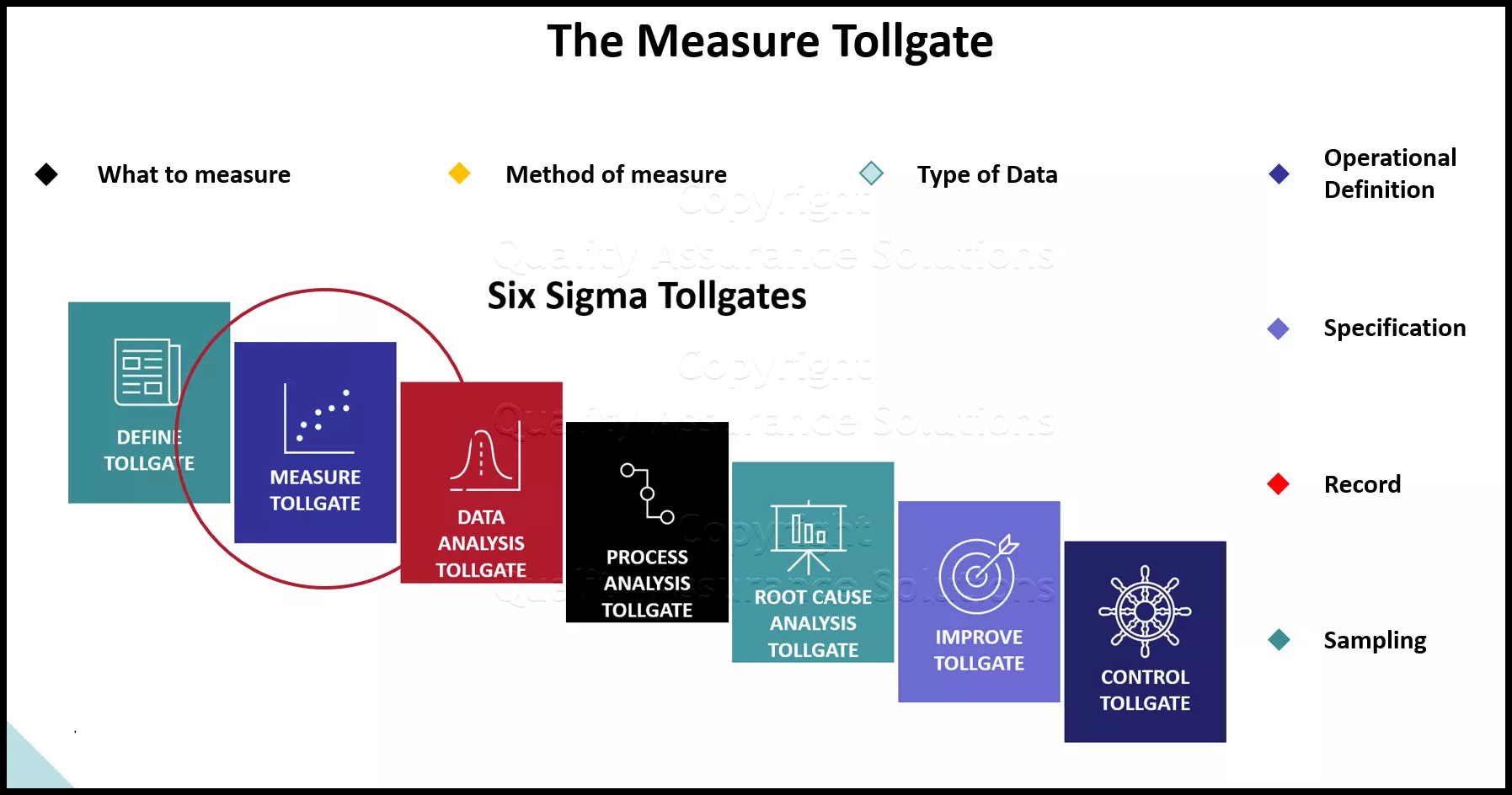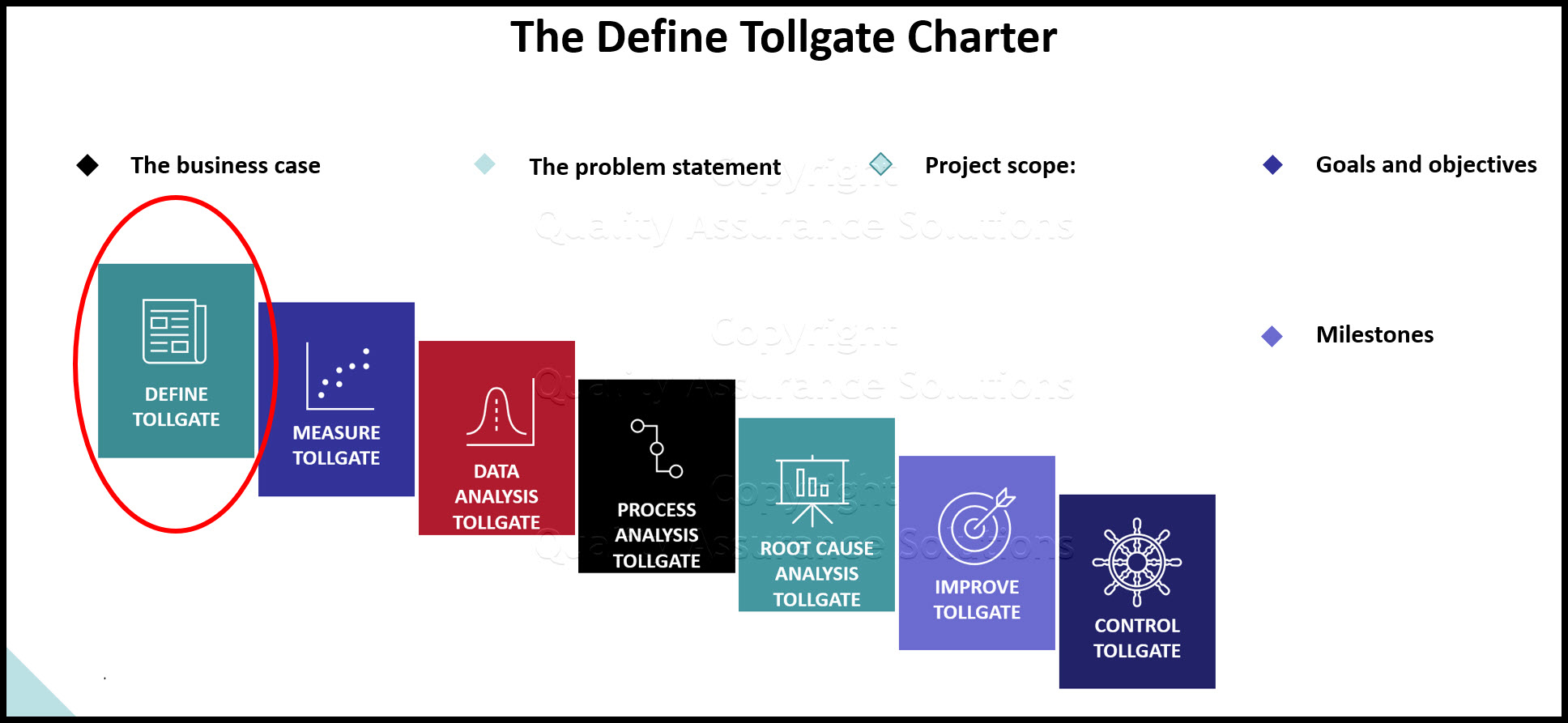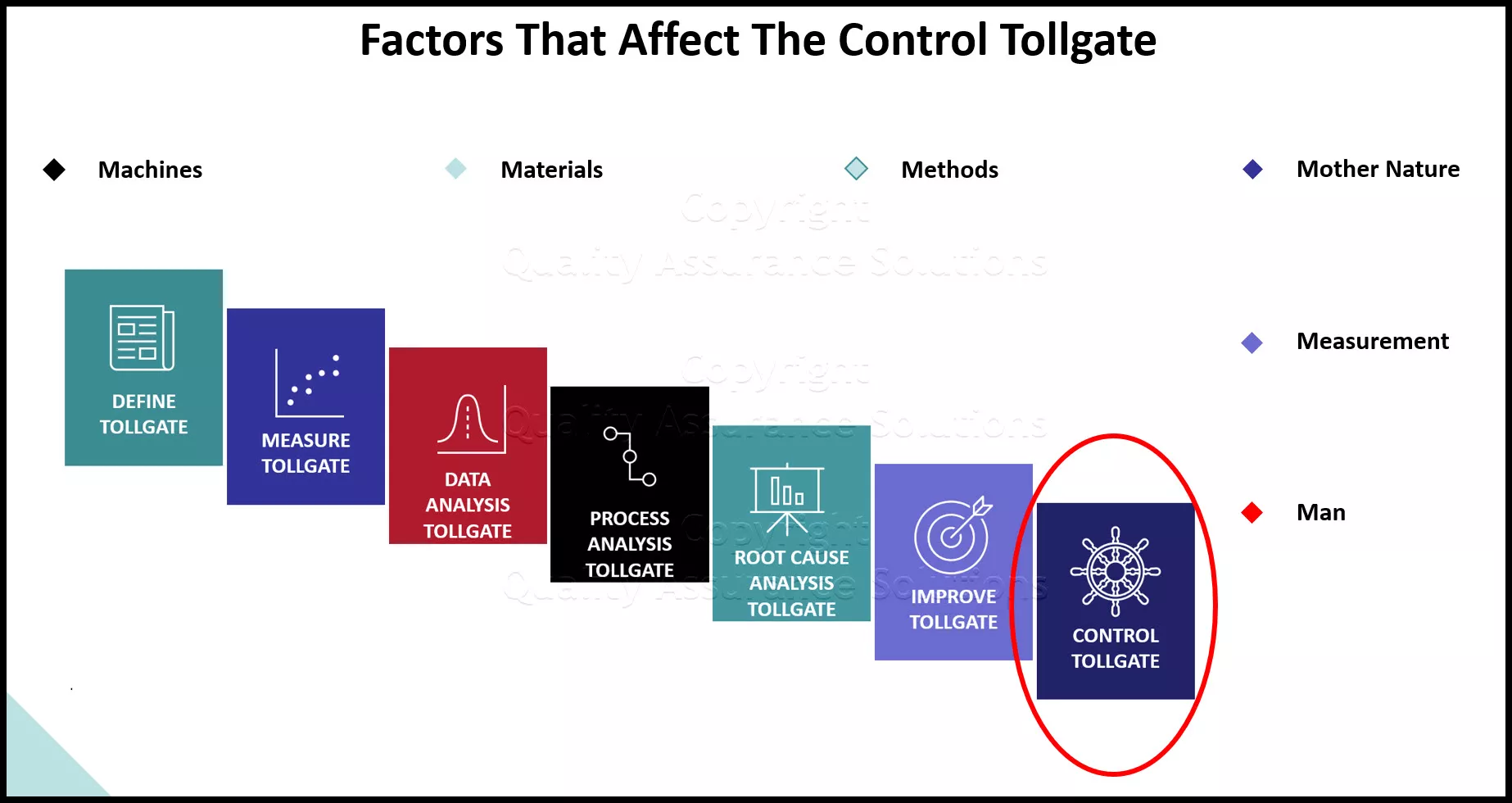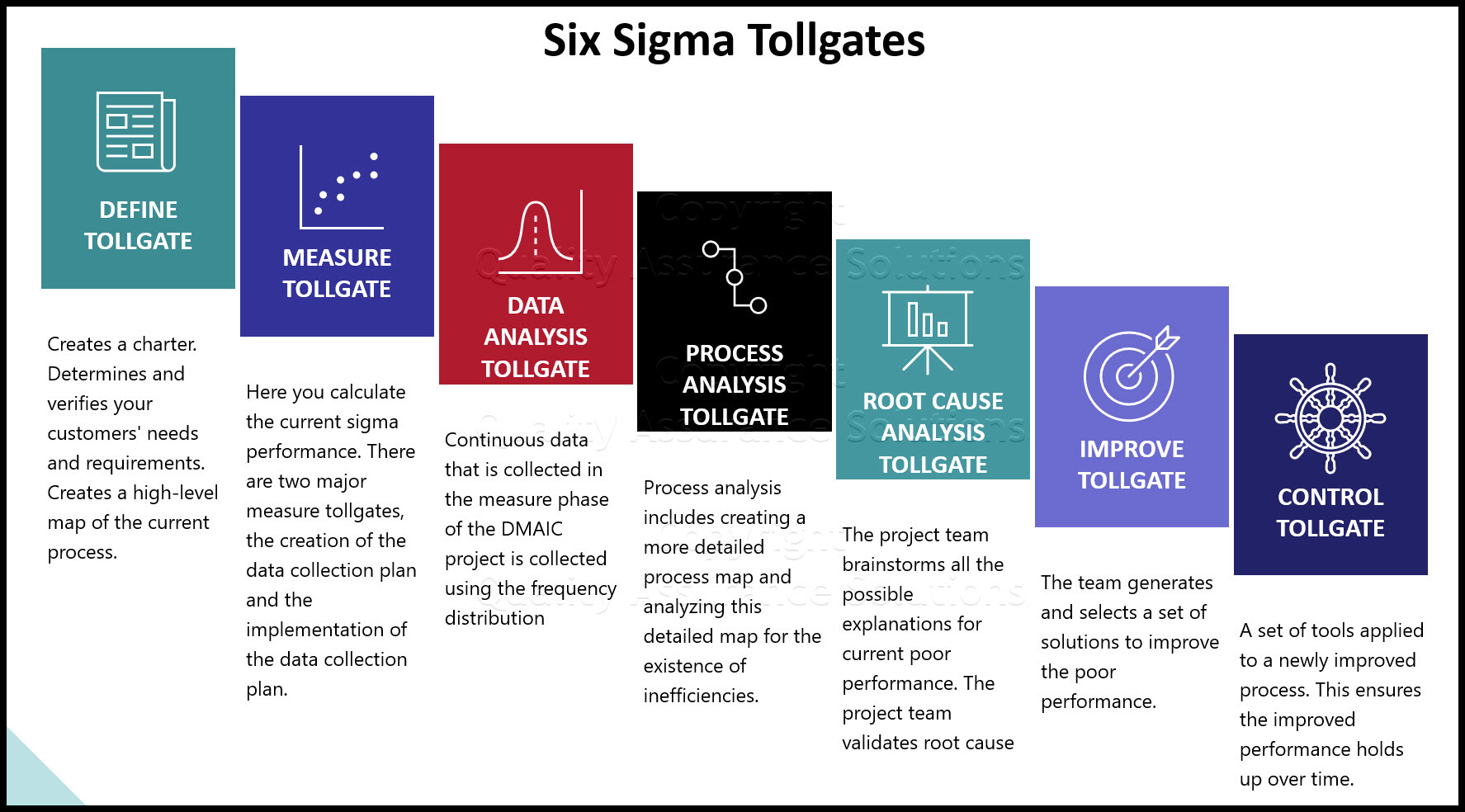Six Sigma Project Selection
Six Sigma success is not an accident. Implementing Six Sigma in any organization requires significant commitment and effort from the organization's leaders, managers, and other staff; however, its overall success depends greatly on the cumulative successes of the individual projects.
For this reason an organization must use a disciplined approach to identify and select the Six Sigma projects that make a difference. The selection process includes the following activities:
1. Identify who needs to be involved in the selection of Six Sigma projects.
2. The projects link to the organization's strategic issues.
3. Develop specific selection criteria against which all potential projects will be assessed.
4. Determine a selection decision process.
PDCA Complete is an organizational task management system with built-in continuous improvement tools. Includes projects, meetings, audits and more.
Built by Quality Assurance Solutions.
Identify Decision Makers
Who needs to be part of the project selection process? The key issue here is ensuring executive-level support for the Six Sigma project.
It follows, then, that executives are part of the discussions in identifying potential projects. Decision makers should include the Six Sigma advisory board members, as well as other key players, such as Master Black Belts and Black Belts. Their individual role helps the executive team define the scope of the Six Sigma projects. They utilize their experience to determine the feasibility and manageability of the potential projects.
Link Project Selection to Strategic Issues
All Six Sigma projects must have strategic relevance and be linked to the core business issues. This starts with executives identifying the top business issues the organization faces relative to the competitive pressures.
The current business issues may relate to either the execution of the business strategy. Or they may relate to core ineffectively executed internal processes that negatively impact the organization and its customers.
8D Manager Software with 8D, 9D, 5Y and 4M report generator. Your corrective action software for managing, measuring, and reporting issues.
Develop Selection Criteria
After determining a strategic relevant project, for the next step you develop additional criteria for judging the project as a Six Sigma project.
Below are several proven successful suggested criteria. There may be additional criteria specific to a company's requirements.
- Manageable scope - Six Sigma projects must have clearly defined boundaries and deliverables. They should be specific enough in scope so that a Six Sigma team can complete the project in the allotted time, which is usually 4 to 6 months.
- Ongoing process issue - Projects should address an ongoing process issue. Avoid selecting projects related to problematic recent incidents that would not qualify as being a process.
- Measurable outcomes - Projects under consideration should have preliminary measurable outcomes associated with them. As for identifying potential measurable outcomes, consider the following examples: potential to reduce operational costs, increase product or service quality, secure new customers, increase percentage of customers retained, increase customer service scores or rankings, and increase accuracy or timeliness of a given process.
Use a matrix to assist in choosing appropriate projects against pre-established criteria.
Determine the Selection Decision Process
Even after establishing the selection criteria and comparing the potential projects against the criteria, selection of the final projects can be quite subjective. For example, recent changes in marketplace conditions or internal political influences affect the project selection.
The project selection group needs to be clear about how they make the final decisions. Some executive groups may decide upon the projects by reaching consensus; others may rely on the CEO.
Some groups may seek to obtain additional buy-in from the functional or business line managers who would be affected by the projects. It is important to plan ahead and communicate the methods for the final project selection.
|
Quality Assurance Solutions Robert Broughton (805) 419-3344 USA |
 |
|
Software, Videos, Manuals, On-Line Certifications | ||
|
An Organizational Task Management System. Projects, Meetings, Audits & more | ||
|
Corrective Action Software | ||
|
Plan and Track Training | ||
|
AQL Inspection Software |
|
450+ Editable Slides with support links | ||
|
Learn and Train TRIZ | ||
|
Editable Template | ||
|
Templates, Guides, QA Manual, Audit Checklists | ||
|
EMS Manual, Procedures, Forms, Examples, Audits, Videos | ||
|
On-Line Accredited Certifications Six Sigma, Risk Management, SCRUM | ||
|
Software, Videos, Manuals, On-Line Certifications |
